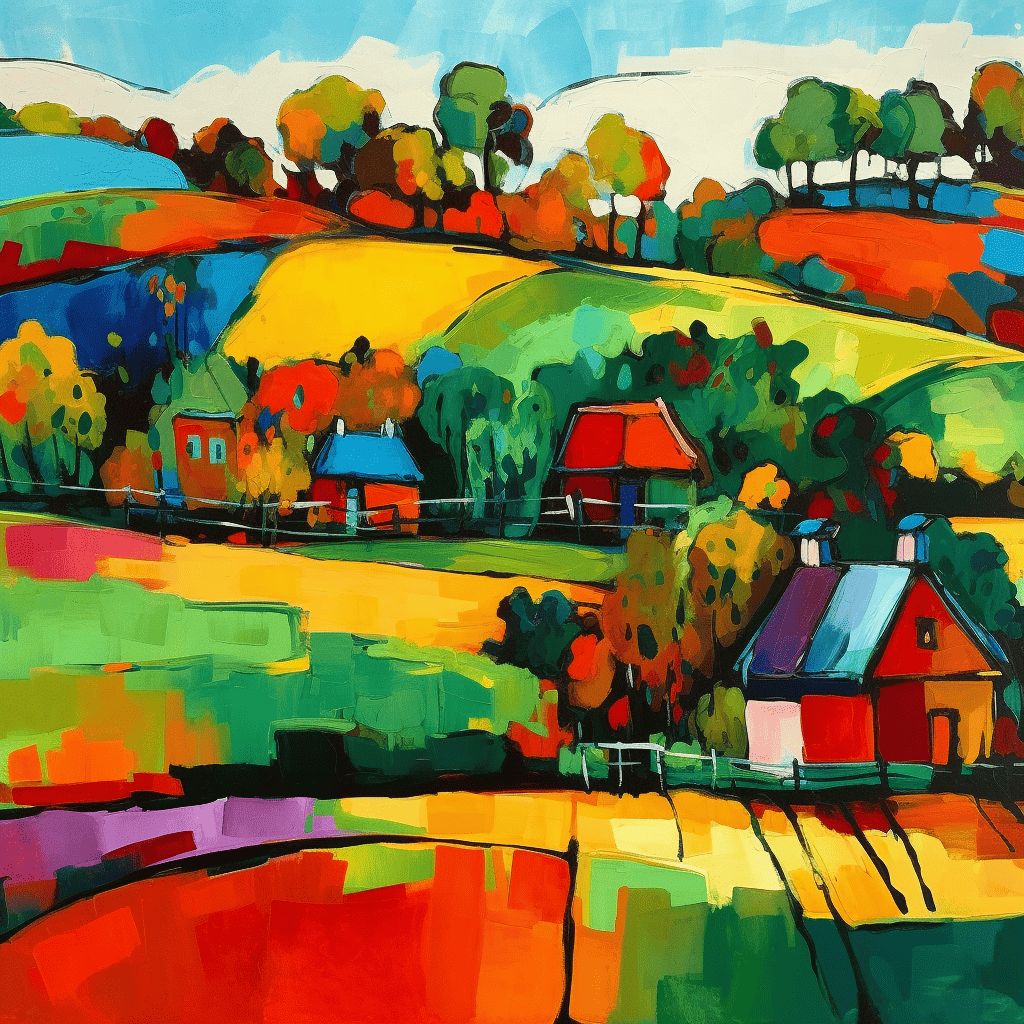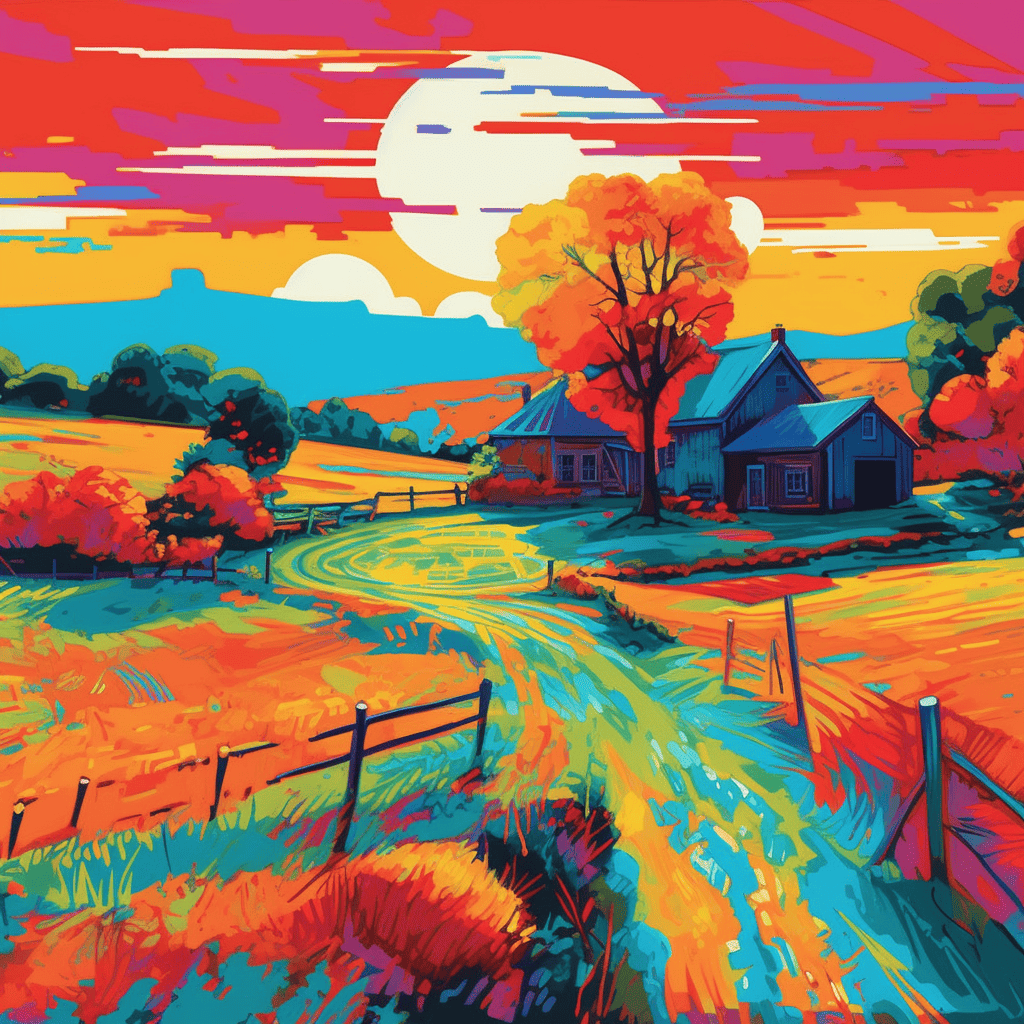Delving into the Emotive World of Expressionism
Introduction to Expressionism
Expressionism, an influential art movement that emerged in the early 20th century, sought to convey emotions and subjective experiences through vivid and distorted imagery. It aimed to express the artist’s inner turmoil, psychological states, and social anxieties, presenting a highly individualistic and expressive approach to art.
Influential Artists
Key figures in Expressionism include Edvard Munch, Wassily Kandinsky, and Ernst Ludwig Kirchner. Edvard Munch’s iconic painting “The Scream” epitomizes the emotional intensity and existential themes explored in Expressionist art. Kandinsky, known for his abstract works, sought to create art that evoked spiritual and emotional responses. Kirchner’s vibrant and distorted depictions of city life captured the anxieties of modernity.
Techniques and Methods
Expressionist artists employed various techniques to convey their emotional states. They often used bold, exaggerated brushstrokes, vivid colors, and distorted perspectives to create a sense of unease and intensity. The focus was on conveying the artist’s inner world rather than achieving accurate representation.
Key Elements and Characteristics
Expressionism is characterized by the distortion of form, intense colors, and exaggerated emotions. The artists aimed to evoke a visceral response from the viewer, depicting the inner turmoil and psychological states through raw and dynamic imagery. Symbolism, abstraction, and bold brushwork were often employed to convey the subjective experiences of the artists.
Historical Significance
Expressionism emerged in response to the changing social and political landscape of the early 20th century. It served as a powerful means of critique, reflecting that time’s anxieties, alienation, and disillusionment. Expressionism profoundly influenced subsequent movements, such as Abstract Expressionism and Neo-Expressionism.
Notable Artworks
Edvard Munch’s “The Scream” [Paid Link] is undoubtedly one of the most iconic Expressionist artworks, with its haunting depiction of existential angst. Wassily Kandinsky’s “Composition VII” explores abstract forms and spiritual themes. Ernst Ludwig Kirchner’s “Street, Dresden” captures modern urban life’s frenetic energy and unease.
Contemporary Applications
Expressionism inspires contemporary artists, as its emphasis on conveying emotions and subjective experiences remains relevant. Artists today incorporate Expressionist elements into their work, exploring personal narratives, social issues, and the complexities of human existence.
Comparison with Other Styles
Expressionism stands in contrast to the objective representation of Realism and the favorable balance of Impressionism. It shares affinities with Fauvism and Abstract Expressionism in its use of bold colors and emotional Expression. Still, it remains distinct in its focus on conveying the artist’s inner world.
Impact on Art History
Expressionism left an indelible mark on the trajectory of art history. Challenging traditional artistic norms and embracing subjective experiences paved the way for exploring emotions and psychological states in art. Its influence can be seen in subsequent movements that prioritize the artist’s individual Expression and the power of vibrant imagery.
Resources and References
For further exploration of Expressionism, consider these resources:
- “German Expressionism: The Graphic Impulse” by Starr Figura and Peter Jelavich [Paid Link]
- “Expressionism” by Ashlie Bassie [Paid Link]
- The Museum of Modern Art (MoMA) in New York City features a notable collection of Expressionist artworks.
Dive into the passionate world of Expressionism, where emotions run wild on canvas, and the artist’s inner world takes center stage. Discover the works of Munch, Kandinsky, and Kirchner, and experience the raw power of Expression. [Paid Links]
Expressionism Color Palette
| Descriptive Color | Basic Color | HEX Code | CMYK | Color Sample |
|---|---|---|---|---|
| Black | Black | #000000 | 0, 0, 0, 100 | |
| Red | Red | #ff0000 | 0, 100, 100, 0 | |
| Yellow | Yellow | #ffff00 | 0, 0, 100, 0 | |
| Green | Green | #008000 | 100, 0, 100, 50 | |
| Blue | Blue | #0000ff | 100, 100, 0, 0 | |
| Purple | Purple | #800080 | 50, 100, 0, 0 |



